Beschreibung
Pipeline -Pigging ist für den Pipeline -Transport sehr wichtig. Pipeline Pigging ist ein komplexes Projekt, das aus mehreren Prozessen besteht. Der Pigging -Prozess besteht aus vier Schritten: Umfrage, Abriss, Reinigung und Wartung. Zunächst ist eine Untersuchung vor Ort erforderlich, um die interne Situation der Pipeline zu bestimmen. Dann ist die Arbeit erforderlich, um den Schlamm zu entfernen. Als nächstes kommt die Reinigung der Rohre. Schließlich wird die Wartung durchgeführt, um eine Neuauflage zu verhindern. Die Entfaltung von Pipeline erfordert verschiedene technische Support und professionelle Ausrüstung, um die Effizienz und Arbeitsqualität zu gewährleisten.
Cleaning Pigs are one of the most important pipeline pigging products. Emt is the manufacturer of many kinds of cleaning pigs. For example, mechanical cleaning pigs, solid cast pigs, ABS pigs, Fluoro rubber pigs, foam pigs, and so on.
Let’s take some pigs as an example to introduce.
Mechanische Reinigung von Schweinen
A mechanical pig is a multi-purpose pigging device used to remove fluid buildup and solid impurities in a pipeline. It features a long service life, generally running 800 ~ 1000 kilometers, and can be installed with tracking equipment, caliper plate, magnets, etc.
Advantages of mechanical pigs include:
Comprehensive cleaning can not only remove the fluid in the pipe, but also effectively remove solid impurities.
Haltbarkeit: Langes Lebensdauer, geeignet für Langstreckenpipelines.
Anpassbar: Ein Stahlbürste, ein Schaber usw. kann nach Bedarf installiert werden, um den Pigging -Effekt zu verbessern.
Mechanisches Schwein hat jedoch auch einige Einschränkungen:
Etwas schlechte Passbarkeit: Nicht für Pipelines mit mehreren Ellbogen, Ventilen und einer großen Verformung geeignet.
Nicht für bestimmte Situationen geeignet: Das mechanische Schwein kann für Rohre mit mehreren Ellbogen, Ventilen und großen Deformationen möglicherweise nicht reibungslos verläuft.
Schaumschweine
Schaumschwein ist ein Zylinder aus Schaumstoffkautschuk oder Schaum mit einem konischen Kopf, der am Schwanz oder an der Oberfläche gekreuzt und mit verschiedenen Verschleiß-resistenten Kratzmaterialien beschichtet ist.
Es zeichnet sich durch weiches Material, eine gute Elastizität und einen einfach zugänglichen Ellbogen mit einem kleinen Krümmungsradius aus. Es wird hauptsächlich zum Entfernen und Trocknen von Wasser in der Pipeline verwendet. Nach der Installation anderer Hilfsgeräte können Verunreinigungen wie Maßstab- und Korrosionsprodukte aus der Pipeline entfernt werden und zur Erkennung und Verfolgung von Pipeline verwendet werden.
Es gibt zwei Arten von herkömmlichen Schaumschaumschweinen: Einer besteht aus Schwammprodukten durch Verarbeitung und der andere besteht aus Schimmelpilzmaterial aus Polyurethanmaterial.
Die Vorteile von Schwammprodukten sind eine einfache Verarbeitung, einen relativ niedrigen Preis und eine gute Wasseraufnahme. Der Nachteil ist, dass es leicht zu brechen ist und die effektive Laufstrecke kurz ist.
Polyurethan -Schaumschaumschweineformform ist genau, hat eine gute Verschleißfestigkeit und hat einen effektiven Laufabstand. Einige Probleme erfordern jedoch mehr Formen, hohe Produktionskosten und teure Rohstoffe.
Wichtigkeit von Pipeline -Pigging
Pipeline -Pigging verhindert Verstopfung. Sediment, Schmutz und Trümmer in Rohren können zu Verstopfen führen. Die regelmäßige Reinigung sorgt für einen reibungslosen Wasserfluss und vermeidet Drainageprobleme.
Pipeline -Pigging kann die Lebensdauer der Pipeline verlängern. Der Reinigungsvorgang kann Schmutz aus dem Rohr entfernen und verhindern, dass das Rohrmaterial rostet. Dies hilft, die Lebensdauer der Pfeife zu verlängern.
Pipeline Pigging sorgt auch für eine gesunde Wasserqualität. Der Schmutz und der Abfall in der Pipeline machen es einfach, Bakterien, Schädlinge und aquatische Schädlinge zu züchten. Das Enttäuschung kann diese Verunreinigungen entfernen und eine gesunde Wasserqualität gewährleisten.
Grund
Wenn die Pipeline für lange Zeit verwendet wird, wird die Verfestigung von Schlamm und Rost in der Pipeline den Durchmesser der ursprünglichen Pipeline kleiner. Das vom Sediment im Rohr hergestellte Wasserstoffsulfidgas verursacht Umweltverschmutzung und verursacht leicht eine Explosion. Säure- und Alkali -Substanzen im Abwasser sind leicht zu korrodieren Rohrwände. Die unregelmäßige Entfernung von Fremdkörpern im Rohr führt zu einer Blockierung des Rohrs. Die Rohrreinigung ist also entscheidend.
Bedeutung des Pipeline -Pigging
Das Rohr bildet eine gerollte Haut, wenn das Rohstoff - Stahlrohr, Stahlplatte, Edelstahl usw. gerollt ist. Im Prozess der Pipeline-Herstellung, Lagerung, Transport und Installation werden Verunreinigungen wie Rost, Schweißschlacke, Öl-Anti-Rust-Mittel, Staub, Sand, Zement und Isolationsmaterialien gebildet. Die oben genannten Verunreinigungen wie Rollhaut, Rost, Schweißschlacke, Rost-Inhibitor und Sand beeinflussen ernsthaft die normale Verwendung der Pipeline.
Methoden
1. Chemische Reinigung: Chemische Reinigungsrohre verwenden chemische Mittel, um die Rohre zu reinigen. Die vorübergehende Reinigung der Pipeline sollte chemisch von den zirkulierenden Pumpenstationen an beiden Enden der Pipeline durchgeführt werden. Die Technologie hat die Eigenschaften einer starken Flexibilität, keine Anforderung für die Form der Pipeline, die schnelle Geschwindigkeit und eine gründliche Reinigung.
2. Hochdruckwasserreinigung: Der Hochdruckwasserstrahl über 50 MPa wird verwendet, um den Schmutz auf der inneren Oberfläche der Pipeline zu schälen und zu reinigen. Diese Technologie wird hauptsächlich für Kurzstreckenpipelines verwendet, und der Rohrdurchmesser muss größer als 50 cm sein. Diese Technologie hat die Eigenschaften, Hochgeschwindigkeit und kostengünstig zu sein.
3.. Schweine -Pigging: Die industrielle Pigging -Technologie der Schweinehöhe basiert auf der von der Pumpe erzeugten Antriebskraft, um die Flüssigkeit zum Antrieb des Schweins (Schweins) im Rohr nach vorne zu fahren, und der in der Rohrleitung angesammelte Schmutz wird außerhalb des Rohrs entladen, um den Reinigungszweck zu erreichen. Diese Technologie wird in allen Arten von Prozessrohrleitungen, Öl- und Gaspipelines sowie anderen Reinigungsprojekten, insbesondere für die Reinigung von Fluid-Pipeline-Langstrecken-Pipelines, häufig eingesetzt, mit anderen Technologien, die die Vorteile nicht ersetzen können.

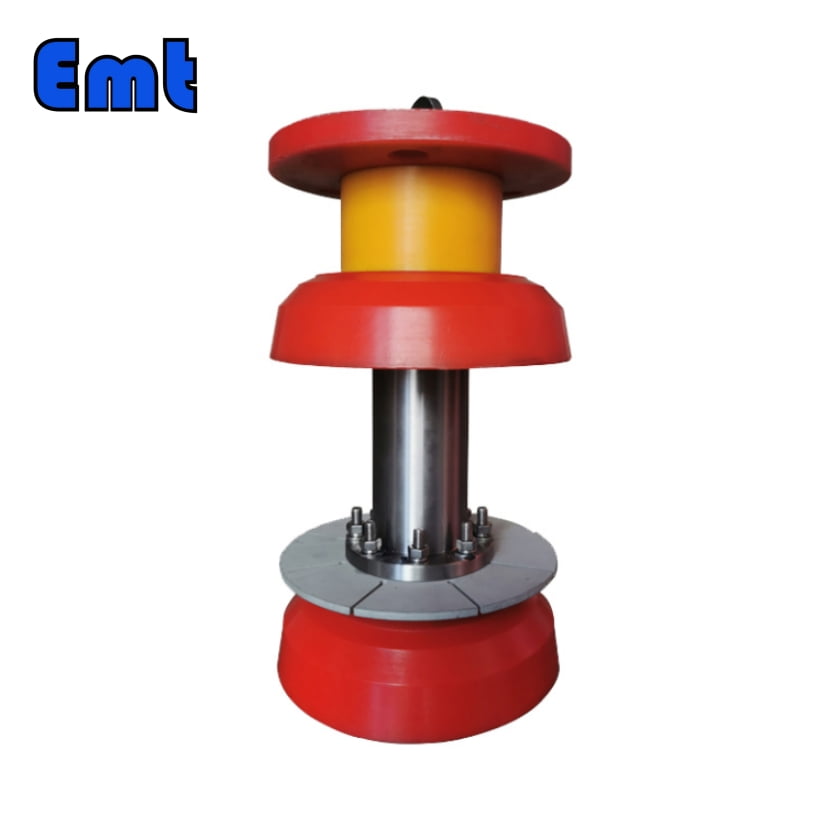
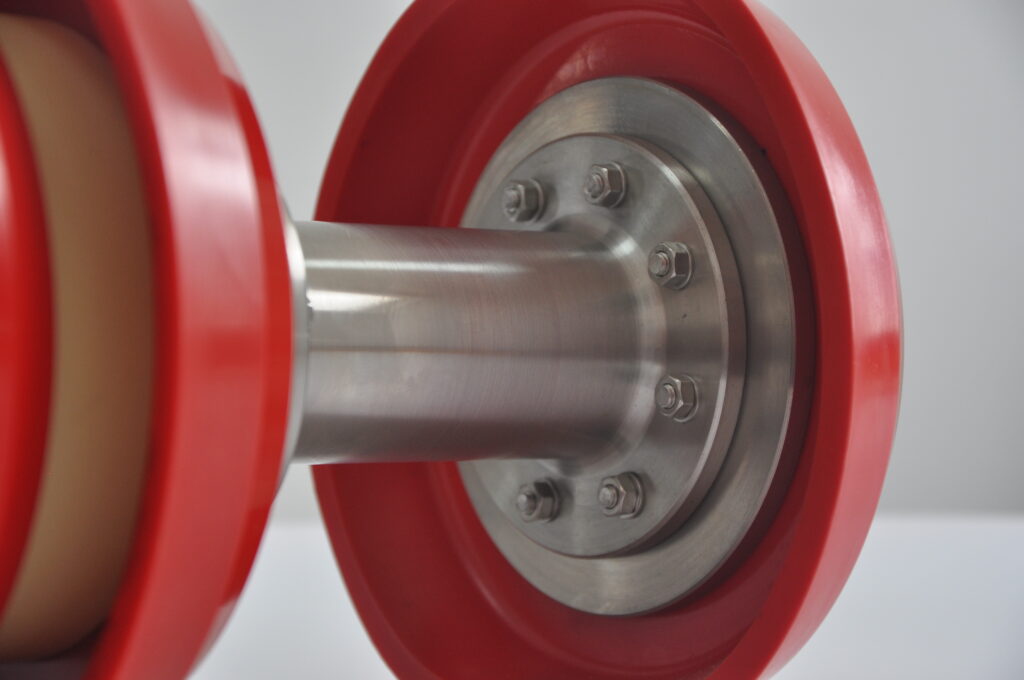

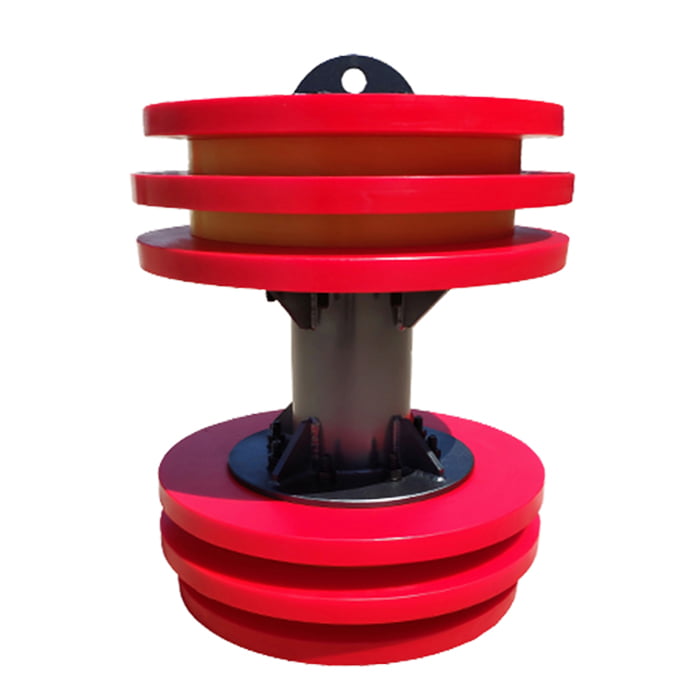
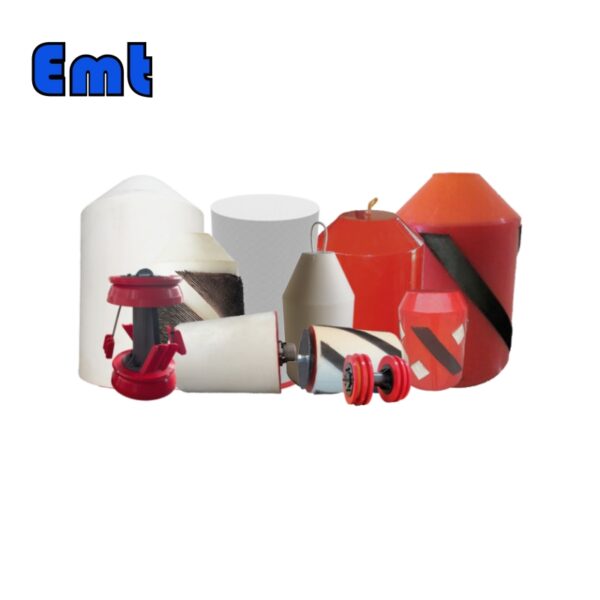
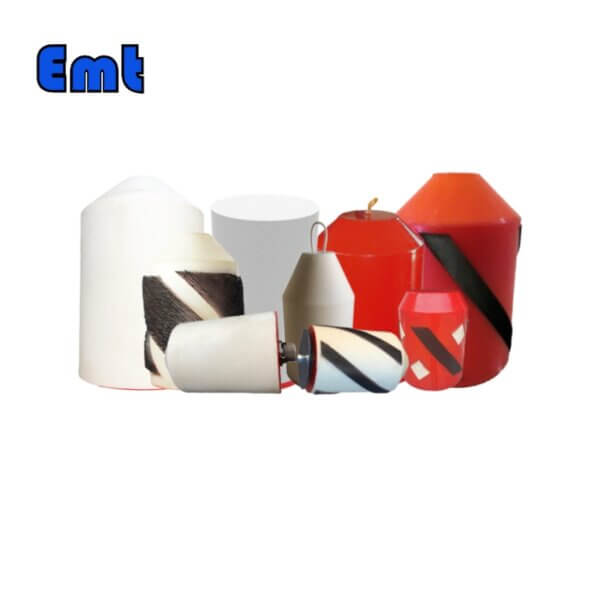
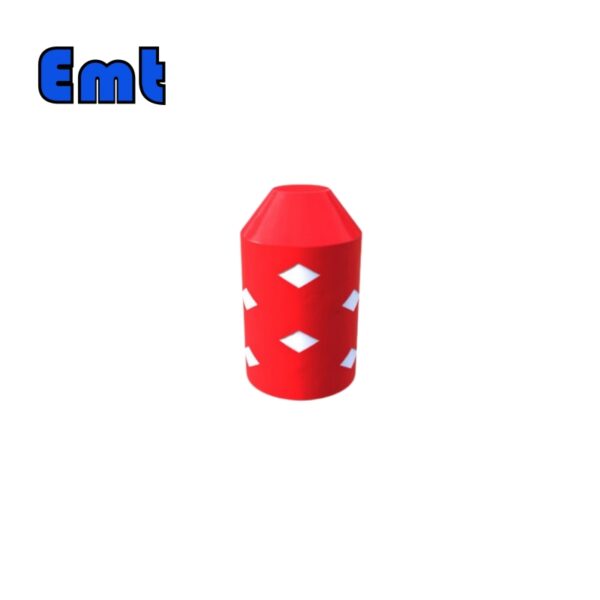
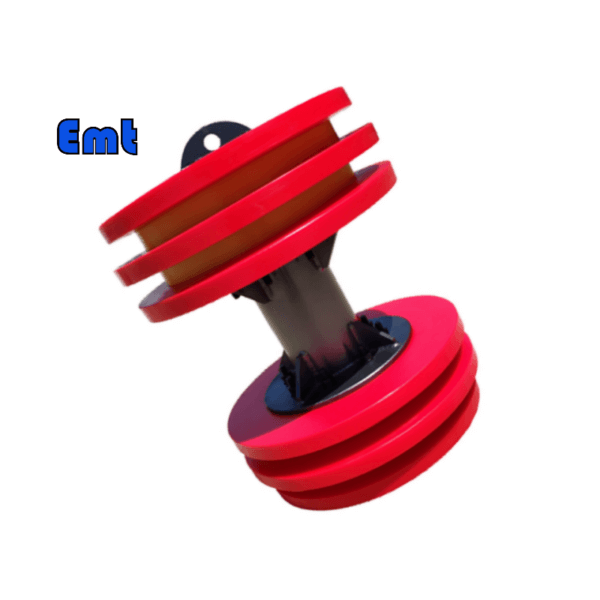
Rezensionen
Es gibt noch keine Bewertungen.